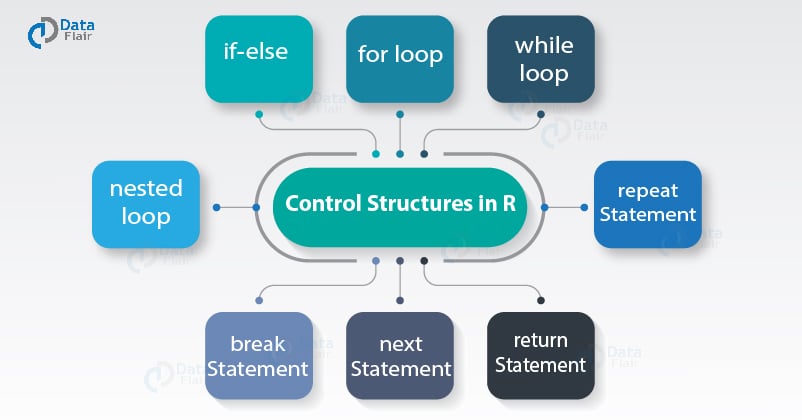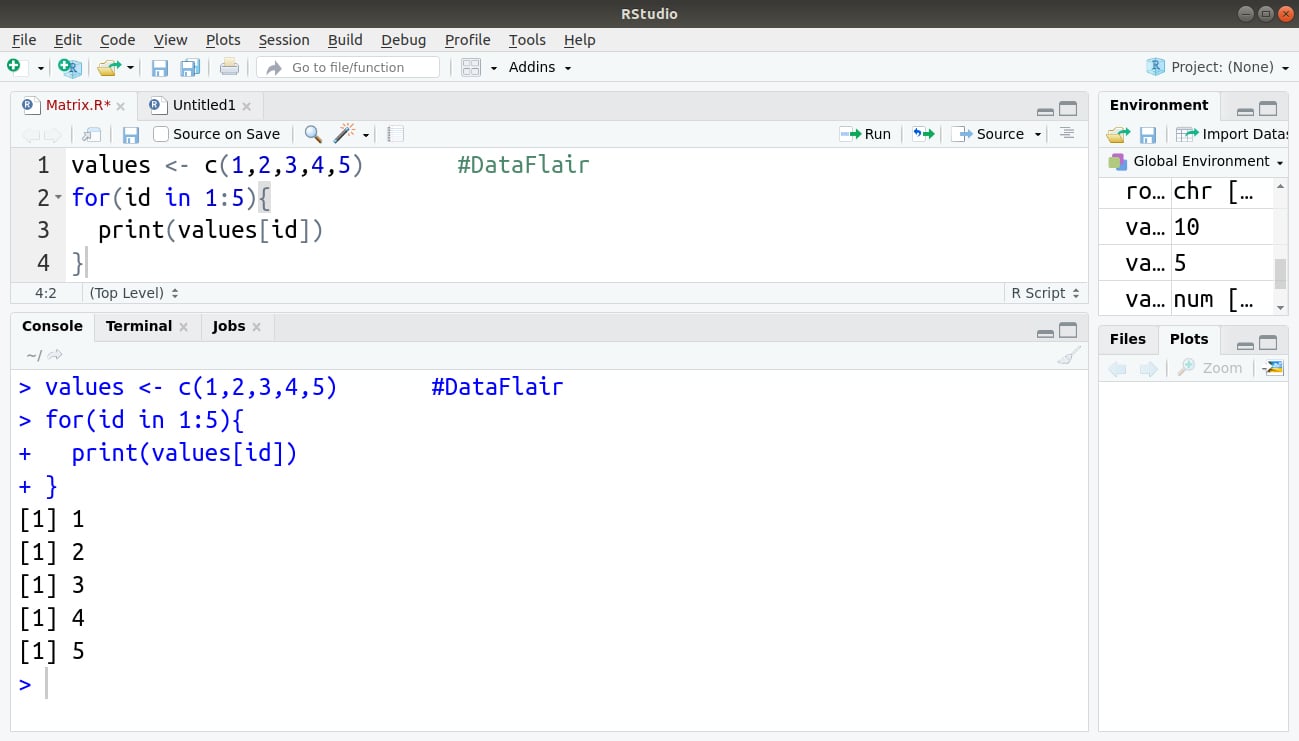

In this tutorial we will show you how to work with the R sapply funcion with several examples. Notice that %do% operator after the loop definition, I’ll talk more about it later. The sapply function in R is a vectorized function of the apply family that allows you to iterate over a list or vector without the need of using the for loop, that is known to be slow in R. Examples could be, 'for each row of my data frame, print column 1', or 'for each word in my sentence, check if that word is DataCamp.' Let's try an example First, you will create a loop that prints out the values in a sequence from 1 to 10. The foreach version returns a list with the results automatically.

You can iterate over multiple lists if you provide several loop variables in backticks. Expression should be started with for, while or repeat.

A loop is a control statement that allows multiple executions of a statement or a set of statements. tolist converts usual R loops expressions to list producers. Loops come in the class of the most fundamental and strong programming concepts. For Loops With Recursion Recall that the powers of two can be generated using recursion each term is double the previous term.
FOR LOOP IN R EXAMPLES CODE
Notice that I have to create a vector x to gather the results before executing the loop. Loops in R (for, while, repeat) In R programming, we require a control structure to run a block of code multiple times. number of neighbors) and then plot to see which one performs best. We’ll set up a holding variable (irisacc) to store the performance at each K. The foreach package (the vignette is here) provides a way to build loops that support parallel execution, and easily gather the results provided by each iteration in the loop.įor example, this classic for loop computes the square root of the numbers 1 to 5 with sqrt() (the function is vectorized, but let’s conveniently forget that for a moment). irsample<-sample(1:nrow(iris),sizenrow(iris).7) With the data separated, we can start trying different levels of K.


 0 kommentar(er)
0 kommentar(er)
